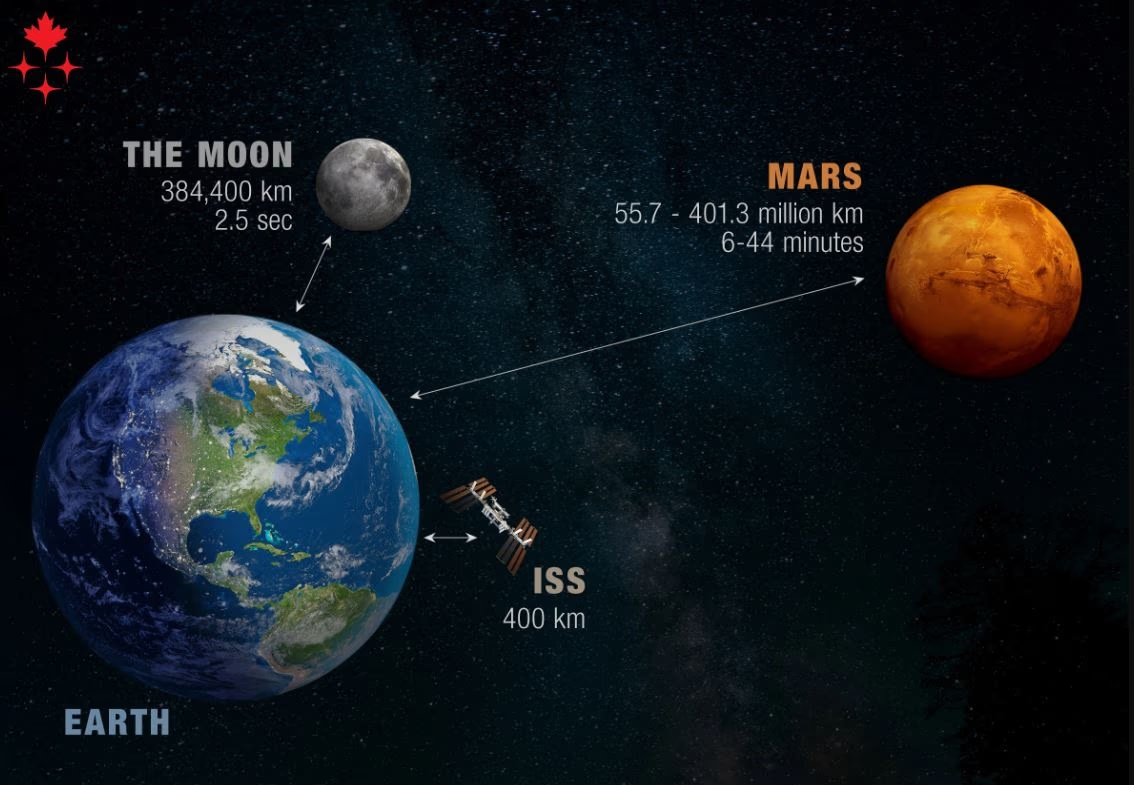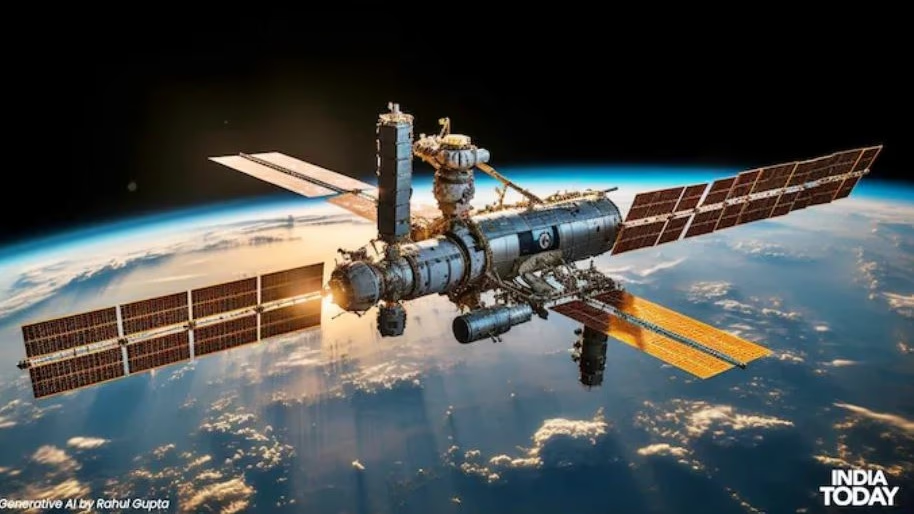Representing India, Air Force Group Captain Shubhanshu Shukla is currently aboard the International Space Station. He and his three fellow astronauts embarked on a 14-day private mission, Ax-4, orchestrated by Axiom Space Company. Shubhanshu's mission raises several intriguing questions. How does one distinguish between day and night aboard the space station? What constitutes a day in space, and which time zone is in operation?
90-Minute Days on the Space Station
On Earth, we experience one sunrise and one sunset per day. However, on the International Space Station, the phenomenon occurs 16 times within 24 hours. Hence, a day and night span only 90 minutes each. This rapid cycle is due to the space station's high-speed orbit, completing a circuit around Earth in just 90 minutes.
Related Reading:
During its orbit, the space station enjoys 45 minutes in sunlight, followed by 45 minutes in Earth's shadow. Completing this cycle 16 times a day accounts for the multitude of sunrises and sunsets. To maintain global coordination, Coordinated Universal Time (UTC), also known as Greenwich Mean Time, is utilized, reducing communication hurdles across various countries.

Source: aajtak
Which Time Zone is Used?
The Space Station hosts astronauts from America, Russia, Britain, Japan, and beyond, all working within a universal time zone: UTC. This system enhances communication and command efficiency across the board.
What's the Current Time on the ISS?
On June 30, 2025, if it's 12:02 PM Indian Standard Time (IST) in India, which is 5 hours and 30 minutes ahead of UTC, then the time aboard the International Space Station would be 6:32 AM UTC. This standardized time governs all space missions, astronauts, and mission control centers.
How is Time Kept on the Space Station?
The International Space Station employs specialized watches and devices for precise timekeeping. Computers and digital clocks are pre-set with the UTC time zone, while digital displays reflect various mission control centers' times, all synchronized to UTC.
Moreover, atomic watches, characterized by their accuracy, are crucial for scientific research in space but are not routinely used for daily activities. Radio signals also align the Space Station's clocks with those of ground mission control centers.
Related Reading:
Astronauts don digital watches designed for space's microgravity and vacuum conditions. NASA's 'moonwatch,' used during Apollo missions, exemplifies watches designed to withstand space's challenging environment. While digital systems primarily manage time in space, some astronauts personally prefer using such specialized watches.




